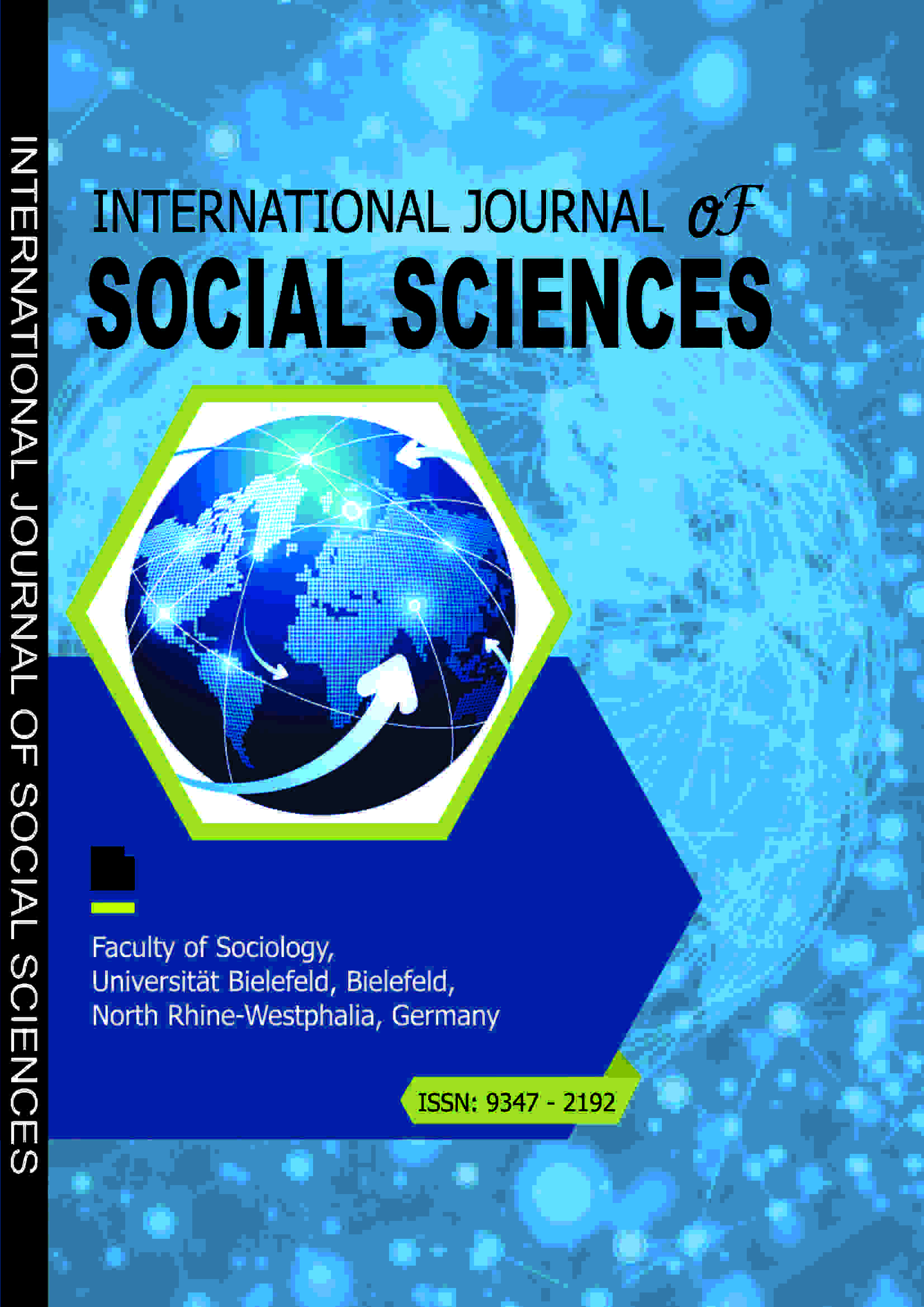INTERNATIONAL JOURNAL OF SOCIAL SCIENCES (IJSS)
Critical Discussion of Originality in Art through Boris Groys’s Concept of Kultürökonomie
E-ISSN: 7885-4322
P-ISSN: 9347-2192
DOI: https://iigdpublishers.com/article/877
The aesthetics of the mid-19th century succeeded in displacing the traditional category of Beauty from artistic praxis. Beauty left an empty space that was occupied by the axiom of Romantic genius: originality. The distinction of the work of art by an aesthetic quality gives way to the sole intention of differentiating it from others with other aesthetic qualities. The lack of a value judgement allows Boris Groys to analyse originality through his logic of the economy of culture (Kultürökonomie). The article shows that Groys' theory fails to adequately explain the phenomenon of graffiti art. It, therefore, questions the effectiveness of his theory. Furthermore, it helps to avoid the current metamorphosis of art into rhetoric and emphasises the need for a theoretical framework to value originality through the materialisation of the idea.
Fortuny-Agramunt Jaume PhD
Adorno, T. W. (1980). Teoría estética. Madrid: Taurus, (Ensayistas, 105). [1970].
Appuhn, Klaus.(1984). Kunst auf Mauern. Dortmund: Harenverg.
Baudelaire, Charles (1983). Mi corazón al desnudo y otros papeles íntimos. Madrid: Visor, 1983. (Visor de Poesía, 167).
Baudrillard, Jean (1995). El sistema de los objetos. Madrid: Siglo XXI. [1968].
Bürger, Peter. (1987). T eoría de la vanguardia. Barcelona: Península, 1987. (Historia-Ciencia y Sociedad, 206).
